Home>diy>Building & Construction>How To Repair A Sinking Foundation
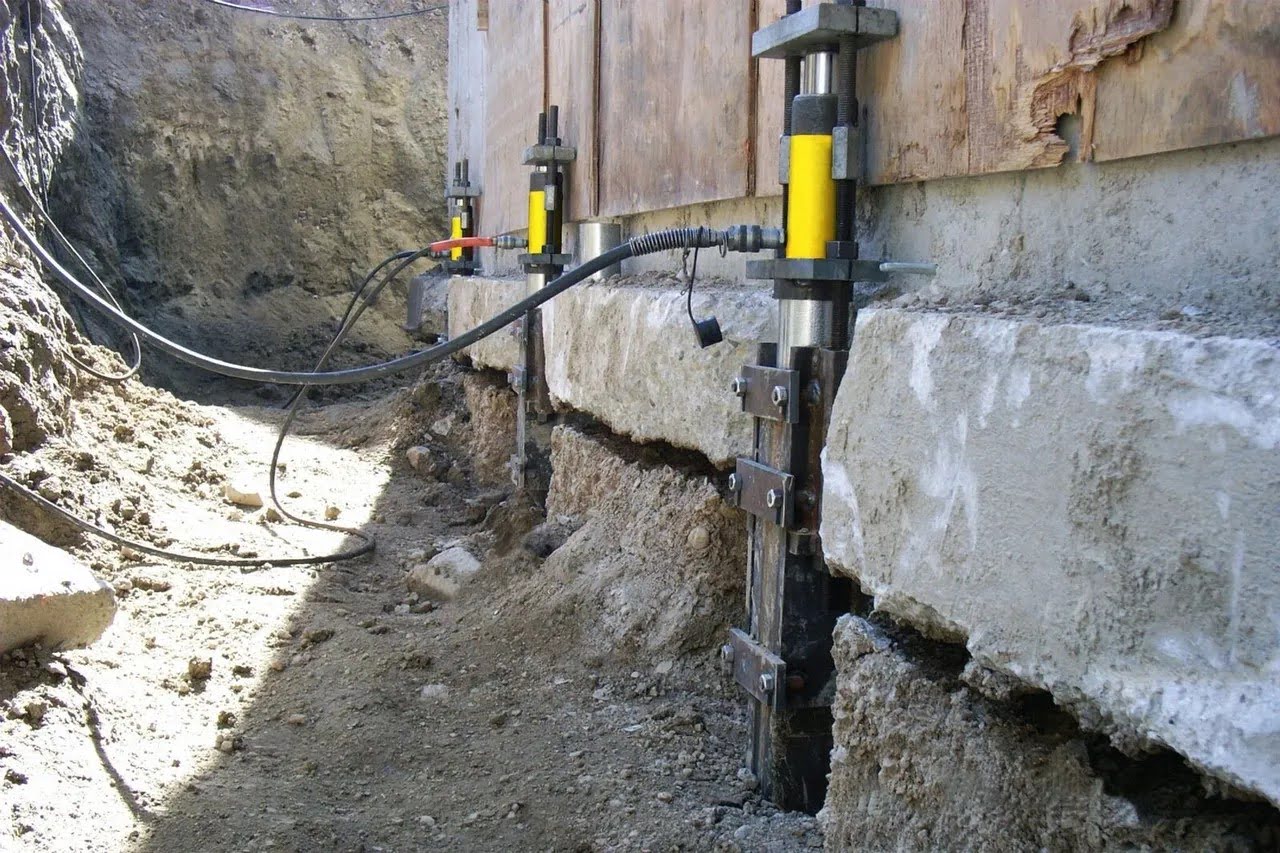

Building & Construction
How To Repair A Sinking Foundation
Modified: January 9, 2024
Learn how to fix a sinking foundation with the help of building-construction experts. Get step-by-step instructions and tips to ensure a stable and secure structure.
(Many of the links in this article redirect to a specific reviewed product. Your purchase of these products through affiliate links helps to generate commission for Storables.com, at no extra cost. Learn more)
Introduction
Welcome to our comprehensive guide on how to repair a sinking foundation. A strong and stable foundation is crucial for the structural integrity of any building. However, over time, foundations can start to sink or settle, leading to a plethora of issues such as cracks in walls, uneven floors, and doors that won’t close properly. If your home or building is experiencing any of these signs, it’s essential to address the problem promptly to prevent further damage.
In this article, we will discuss the signs of a sinking foundation, common causes, how to assess the damage, and the steps you can take to repair and stabilize your foundation. We will also provide insight into the various foundation repair methods available and give you some tips on foundation maintenance.
Before we dive into the repair process, let’s take a closer look at some of the telltale signs that indicate you may have a sinking foundation.
Key Takeaways:
- Recognize signs of a sinking foundation such as cracks, uneven floors, and sticking doors. Prompt action and professional assessment are crucial to prevent further damage and ensure structural stability.
- Hiring an experienced foundation repair specialist is essential. Research, compare quotes, and prioritize professionalism to ensure successful and long-lasting repairs for your sinking foundation.
Read more: How To Install Utility Sink In Basement
Signs of a Sinking Foundation
A sinking foundation can lead to a range of noticeable symptoms in your home or building. While some signs may be subtle at first, it’s crucial to pay attention to any changes in your property’s structure. Here are some common signs that indicate you may have a sinking foundation:
- Cracks in the walls: Look for cracks that appear in the interior or exterior walls, especially in a stair-step pattern. These cracks can be small at first but may progressively widen over time.
- Uneven or sloping floors: If you notice that your floors are no longer level, or if you feel like you’re walking uphill or downhill in certain areas of your home, it may be a sign of foundation settlement.
- Doors and windows that stick: As the foundation shifts, it can cause doors and windows to become difficult to open or close properly. You may notice gaps or spaces around the frames.
- Visible gaps: Check for gaps between the walls, ceilings, and floors. These gaps can indicate that the foundation has shifted, causing the materials to separate.
- Leaning or tilting chimney: If your chimney appears to be leaning or tilting, it could be a sign that the foundation underneath is sinking.
- Bowing or leaning walls: Sinking foundation can exert pressure on the walls, causing them to bow or lean inward. This is a serious issue that requires immediate attention.
If you have noticed any of these signs, it’s essential to take action promptly to prevent further damage. The next step is to determine the underlying causes of foundation sinking.
Common Causes of Foundation Sinking
Several factors can contribute to the sinking or settling of a foundation. Understanding these causes can help you identify the root of the problem and take appropriate measures to prevent further damage. Here are the most common causes of foundation sinking:
- Soil composition: The type and composition of the soil on which your foundation rests play a significant role in its stability. Clay soils, for example, are prone to expansion and contraction with changes in moisture levels, leading to foundation movement.
- Poor drainage: Improper drainage around the foundation can cause water to accumulate and saturate the soil, leading to soil erosion and instability. This can result from clogged gutters, inadequate grading, or the absence of proper drainage systems.
- Tree roots: Large trees planted too close to the foundation can have extensive root systems that draw moisture from the soil, causing the soil to shrink and the foundation to sink.
- Hydrostatic pressure: When water accumulates around the foundation, it exerts pressure on the walls, causing them to bow or crack. This can happen due to excessive rainfall or poor waterproofing measures.
- Poor construction: In some cases, foundation sinking can be the result of inadequately compacted soil during the construction process, insufficient reinforcement, or the use of low-quality materials.
- Earthquakes or natural disasters: Seismic activity or other natural disasters can cause significant ground movement, leading to foundation settlement.
Identifying the specific cause of your foundation sinking is crucial for determining the appropriate repair method. It’s recommended to consult with a professional foundation repair specialist who can assess the situation and provide expert guidance.
Assessing the Damage
Before undertaking any foundation repair work, it’s essential to assess the extent of the damage. This will help determine the appropriate course of action and ensure that the repairs effectively address the underlying issues. Here are the steps to assess the damage to a sinking foundation:
- Visual inspection: Start by visually examining the interior and exterior of your home or building. Look for signs of cracking, bowing walls, sloping floors, or any other visible indicators of foundation settlement.
- Measurements: Use a level to measure the extent of any sloping or unevenness in the floors. You can also measure the width and length of any cracks that you observe and note their location.
- Foundation elevation survey: A foundation specialist may perform an elevation survey to determine the precise location and magnitude of the foundation settlement. This involves using specialized equipment to measure the elevation of various points on the foundation and comparing them to establish a baseline.
- Soil testing: Assessing the soil condition is crucial in understanding the cause of foundation sinking. A soil test can determine the composition, moisture content, and compactness of the soil, helping to identify any underlying issues.
- Structural analysis: In some cases, a structural analysis may be necessary to evaluate the impact of the foundation settlement on the overall stability of the building. This may involve reviewing architectural plans, conducting load calculations, and inspecting structural elements.
Based on the assessment, the foundation repair specialist will be able to recommend an appropriate repair method to stabilize the foundation and prevent further damage. It’s important to consult with a qualified professional to ensure an accurate assessment and a proper repair plan.
Hiring a Foundation Repair Specialist
When it comes to repairing a sinking foundation, it’s crucial to hire a qualified and experienced foundation repair specialist. Working with professionals who have expertise in foundation repair ensures that the job is done correctly and that your home or building is structurally sound. Here are some key considerations when hiring a foundation repair specialist:
- Research and References: Start by researching reputable foundation repair companies in your area. Seek recommendations from friends, family, or neighbors who have had similar work done. Read online reviews and check the company’s credentials and certifications.
- Experience and Expertise: Look for a company with extensive experience in foundation repair. A specialist who has successfully dealt with various types of foundation issues will have the knowledge and skills to assess your situation accurately and provide effective solutions.
- License and Insurance: Ensure that the foundation repair specialist is licensed and insured. A valid license indicates that they meet the required standards and regulations, while insurance protects you from any liability in case of accidents or property damage during the repair process.
- Warranties and Guarantees: Inquire about the warranties and guarantees offered by the company. Reputable foundation repair specialists stand behind their work and provide warranties that cover their repair solutions, giving you peace of mind.
- Professionalism and Communication: Pay attention to how the company communicates and interacts with you. A professional specialist should be responsive, transparent, and willing to address all your questions and concerns throughout the process.
- On-site Evaluation and Proposal: A reliable foundation repair specialist will conduct an on-site evaluation to assess the damage and provide a detailed proposal that outlines the recommended repairs, timeline, and cost involved.
- Compare Quotes: Obtain multiple quotes from different foundation repair specialists. Compare the proposed repairs, warranties, and costs to make an informed decision.
Remember, repairing a sinking foundation is a critical and complex task. Take the time to choose a reputable specialist who is equipped with the necessary skills and experience to ensure a successful repair and restore the stability of your foundation.
Regularly inspect your foundation for signs of sinking, such as cracks in the walls or uneven floors. Address any issues promptly to prevent further damage.
Read more: How To Fix Leaking Pipe Under Sink
Repairing a Sinking Foundation
When it comes to repairing a sinking foundation, there are various methods and techniques available depending on the severity of the damage and the underlying cause. Here are the steps involved in repairing a sinking foundation:
- Foundation Underpinning: Foundation underpinning involves strengthening the existing foundation by extending it deeper into the soil or installing additional support systems. This method is commonly used when the foundation is sinking due to weak or unstable soil conditions.
- Foundation Piers: Piers are driven into the ground beneath the foundation to support and stabilize it. There are different types of piers, including concrete piers, steel piers, and helical piers. The choice of pier will depend on factors such as soil composition, load-bearing capacity, and accessibility.
- Slab Jacking: Slab jacking, also known as mud jacking, is a technique used to lift and level concrete slabs. It involves injecting a slurry mixture beneath the sunken slab to lift it back into position. Slab jacking is often used for concrete slab foundations.
- Foundation Anchors: Foundation anchors are used to stabilize walls that are bowing or leaning due to foundation settlement. Anchors are installed on the interior or exterior of the foundation walls and are connected to earth anchors or wall plates to provide lateral support.
- Grouting: Grouting is a method used to fill voids or stabilize soil beneath the foundation. It involves injecting a cementitious grout or polyurethane foam to improve the soil’s stability and provide support to the foundation.
It’s important to note that the choice of repair method will depend on several factors, including the type of foundation, the severity of the damage, and the recommendations of the foundation repair specialist. They will assess your unique situation and recommend the most suitable solution for your sinking foundation.
Foundation repair work should be carried out by experienced professionals who have the skills and knowledge to execute the repairs effectively and ensure the long-term stability of the foundation. Hiring a qualified foundation repair specialist is crucial to achieve the desired results and avoid further damage or structural issues.
Foundation Repair Methods
When it comes to repairing a sinking or damaged foundation, there are several methods and techniques used by foundation repair specialists. The choice of method depends on various factors, including the underlying cause of the foundation issue and the severity of the damage. Here are some common foundation repair methods:
- Foundation Underpinning: This method involves strengthening the foundation by extending it deeper into the ground or transferring the load to more stable soil layers. Common underpinning techniques include concrete underpinning and steel underpinning. Underpinning is suitable for foundations experiencing settlement due to weak or unstable soil conditions.
- Piering: Piering is a popular technique for stabilizing a sinking or settling foundation. It involves installing piers beneath the foundation to transfer the load to more solid ground. There are different types of piers, including concrete piers, steel piers, and helical piers. The choice of piering method depends on factors such as soil composition, depth, and load-bearing capacity.
- Slab Jacking: Slab jacking, also known as mud jacking, is a method used to lift and level concrete slabs. It involves injecting a slurry mixture underneath the sunken slab, which then lifts it back into position. Slab jacking is commonly used for concrete slab foundations that have settled due to soil compaction, erosion, or voids.
- Wall Anchors: Wall anchors are used to stabilize foundation walls that are bowing or leaning. This technique involves installing anchor plates inside the basement walls and connecting them to earth anchors outside the foundation. The anchors provide lateral support, preventing further movement and strengthening the walls.
- Grouting: Grouting is a technique used to stabilize the soil beneath the foundation by injecting cementitious grout or polyurethane foam. This helps fill voids, compact loose soil, and improve the overall stability of the foundation. Grouting is often used in conjunction with other repair methods to provide additional support.
Each foundation repair method has its advantages and limitations, and the selection of the most appropriate method will depend on factors specific to your foundation issue. It’s crucial to consult with a reputable foundation repair specialist who can assess your situation and recommend the best solution based on their expertise and experience.
Remember, foundation repair should be carried out by qualified professionals with the necessary skills and equipment to ensure a successful and long-lasting repair. Choosing the right foundation repair method is essential to restore the stability and integrity of your foundation.
Cost of Foundation Repair
The cost of foundation repair can vary widely depending on several factors, including the extent of the damage, the chosen repair method, the size and type of the foundation, and the labor and material costs in your location. It’s important to note that foundation repair is a specialized task that requires the expertise of professionals. Here are some factors that can influence the cost of foundation repair:
- Severity of Damage: The extent of foundation damage will have a significant impact on the cost of repairs. Minor cracks or slight settling may require less invasive repairs and be more budget-friendly, while major foundation problems that require extensive underpinning or piering can be more expensive.
- Repair Method: The chosen repair method will also affect the overall cost. Different techniques, such as foundation underpinning, wall anchors, or slab jacking, have varying costs associated with them. The complexity of the repair process and the materials required will also influence the cost.
- Foundation Size and Type: The size and type of the foundation will play a role in determining the cost. Larger foundations will generally require more materials and labor, resulting in higher costs. Additionally, the type of foundation, whether it is a slab foundation, crawl space, or basement, will impact the repair process and associated expenses.
- Accessibility: The accessibility of the foundation can also affect the cost. If the foundation is in a tight or hard-to-reach area, additional effort and equipment may be required, leading to increased labor costs.
- Location: The cost of foundation repair can vary based on the geographical location. Labor and material costs, as well as local regulations and permit fees, can differ from one area to another.
Given the many variables involved, it’s crucial to get a professional assessment of your foundation and obtain multiple quotes from reputable foundation repair specialists. This will give you a better understanding of the specific costs associated with your repair project.
While the cost of foundation repair can seem significant, it’s important to prioritize the structural integrity of your home or building. Ignoring foundation problems can lead to further damage and potentially more expensive repairs down the line. Addressing foundation issues promptly can help maintain the value of your property and provide peace of mind.
Foundation Maintenance Tips
Maintaining a solid foundation is key to ensuring the longevity and stability of your home or building. By implementing regular maintenance practices, you can help prevent foundation issues and minimize the need for costly repairs. Here are some essential foundation maintenance tips:
- Monitor Moisture Levels: Excessive moisture or inadequate drainage can cause soil expansion or erosion, leading to foundation problems. Ensure proper drainage around your home by keeping gutters clean, extending downspouts away from the foundation, and ensuring the ground slopes away from the house.
- Avoid Overwatering: Be mindful when watering your lawn or garden, as overwatering can saturate the soil around the foundation. Use a soaker hose or drip irrigation system to water evenly and avoid excessive moisture accumulation.
- Control Vegetation: Plant trees and shrubs at a safe distance from the foundation. Tree roots can extract moisture from the soil, causing it to shrink and potentially leading to foundation settlement. Maintain a clearance of at least 10 feet between trees and the foundation.
- Repair Plumbing Leaks: Inspect your plumbing system regularly for any leaks. Even minor leaks can contribute to soil saturation and foundation damage over time. Address any plumbing issues promptly to prevent further damage.
- Keep a Consistent Moisture Level: Aim to maintain a consistent moisture level in the soil around your foundation. Avoid drastic changes in soil moisture, as it can cause soil expansion and contraction, leading to foundation movement. Use a soaker hose during dry periods to keep the soil evenly moist.
- Inspect for Cracks: Regularly inspect the interior and exterior of your home for any cracks in the walls, floors, or foundation. Pay attention to any changes in the size or width of existing cracks. If you notice any significant cracks, consult with a foundation repair specialist for a professional assessment.
- Control Indoor Humidity: High indoor humidity levels can contribute to moisture-related issues in the foundation. Use dehumidifiers in damp areas like basements and crawl spaces to control humidity levels and prevent excess moisture from affecting the foundation.
- Consult a Professional: If you have any concerns about your foundation or notice any signs of potential damage, it’s best to consult with a professional foundation repair specialist. They can assess your foundation, identify any underlying issues, and provide guidance on any necessary repairs or maintenance.
Taking proactive steps to maintain your foundation can help protect your investment and avoid costly repairs down the line. By following these foundation maintenance tips, you can ensure the long-term stability and structural integrity of your home or building.
Read more: How To Stucco A Foundation
Conclusion
A solid and stable foundation is the backbone of any building, and it’s crucial to address any signs of foundation sinking or damage promptly. By recognizing the signs of a sinking foundation, understanding the common causes, and taking the necessary steps to assess and repair the damage, you can protect your property and prevent further structural issues.
When it comes to repairing a sinking foundation, hiring a qualified foundation repair specialist is essential. They have the expertise, experience, and specialized knowledge to assess the damage accurately and recommend the most suitable repair method. Whether it’s foundation underpinning, slab jacking, wall anchors, or other techniques, the chosen repair method will depend on the severity of the damage and the underlying cause.
Foundation repair costs can vary depending on several factors, including the extent of the damage, the chosen repair method, and the size and type of foundation. It’s important to consult with professionals, obtain multiple quotes, and make an informed decision based on expert assessments.
Maintaining a solid foundation is of utmost importance to ensure the longevity and stability of your building. By following foundation maintenance tips such as monitoring moisture levels, controlling vegetation, and addressing plumbing leaks, you can minimize the risk of foundation issues and protect your investment. Regular inspections and timely repairs can make a significant difference in maintaining the structural integrity of your home or building.
To ensure the safety and stability of your property, it’s recommended to consult with a professional foundation repair specialist whenever you notice any signs of foundation problems. They can provide expert guidance, assess the situation, and recommend appropriate repairs to restore the stability of your foundation.
Remember, a strong foundation is the key to a safe and secure building. By taking proactive measures, addressing issues promptly, and investing in proper maintenance, you can ensure the longevity and structural integrity of your home or building for years to come.
Frequently Asked Questions about How To Repair A Sinking Foundation
Was this page helpful?
At Storables.com, we guarantee accurate and reliable information. Our content, validated by Expert Board Contributors, is crafted following stringent Editorial Policies. We're committed to providing you with well-researched, expert-backed insights for all your informational needs.

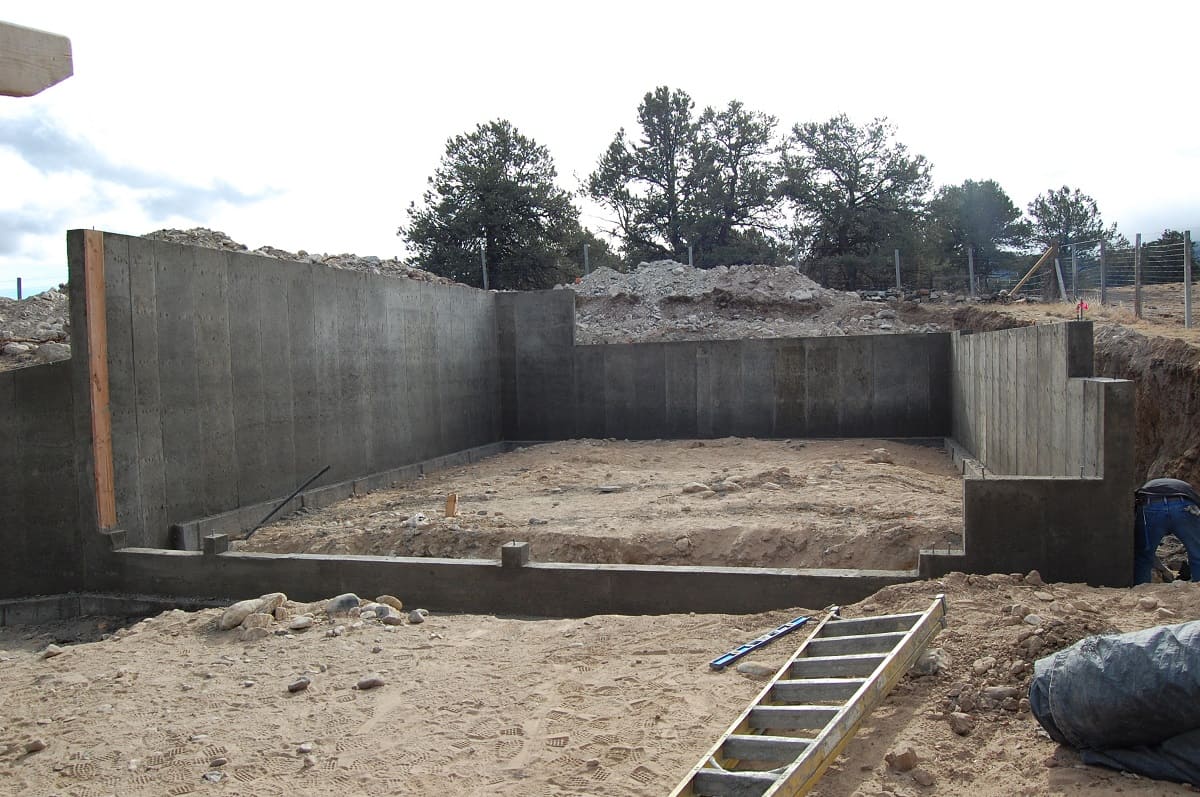
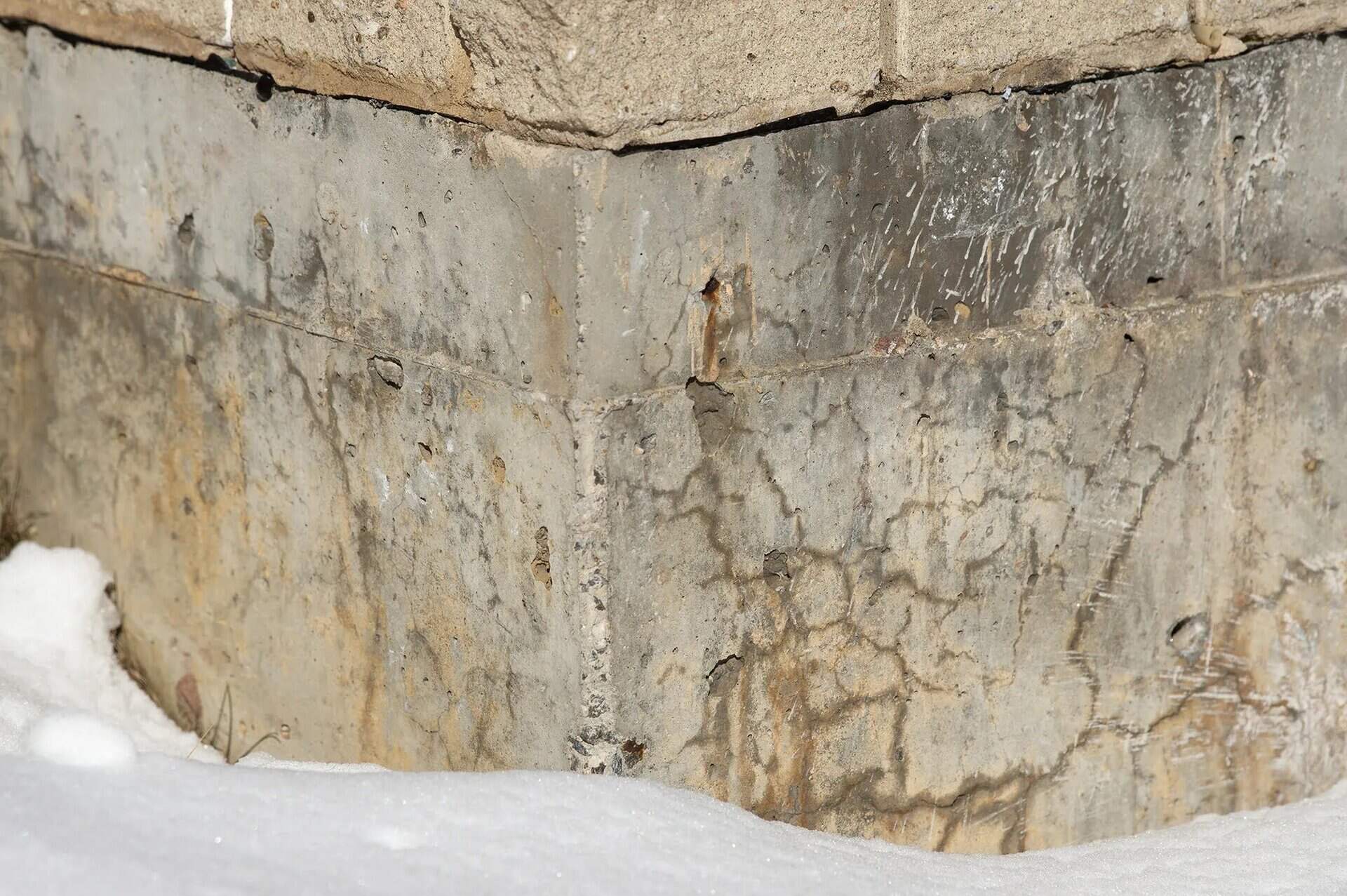
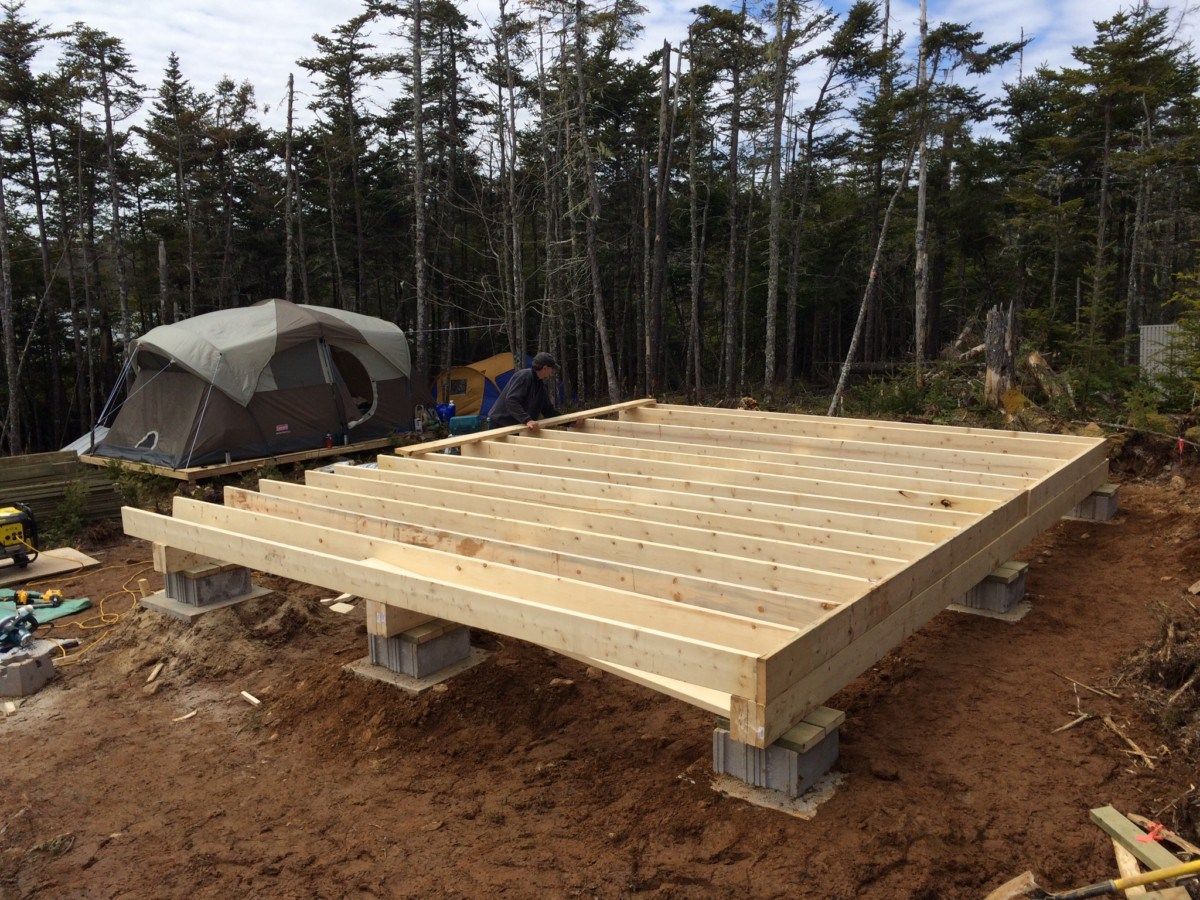

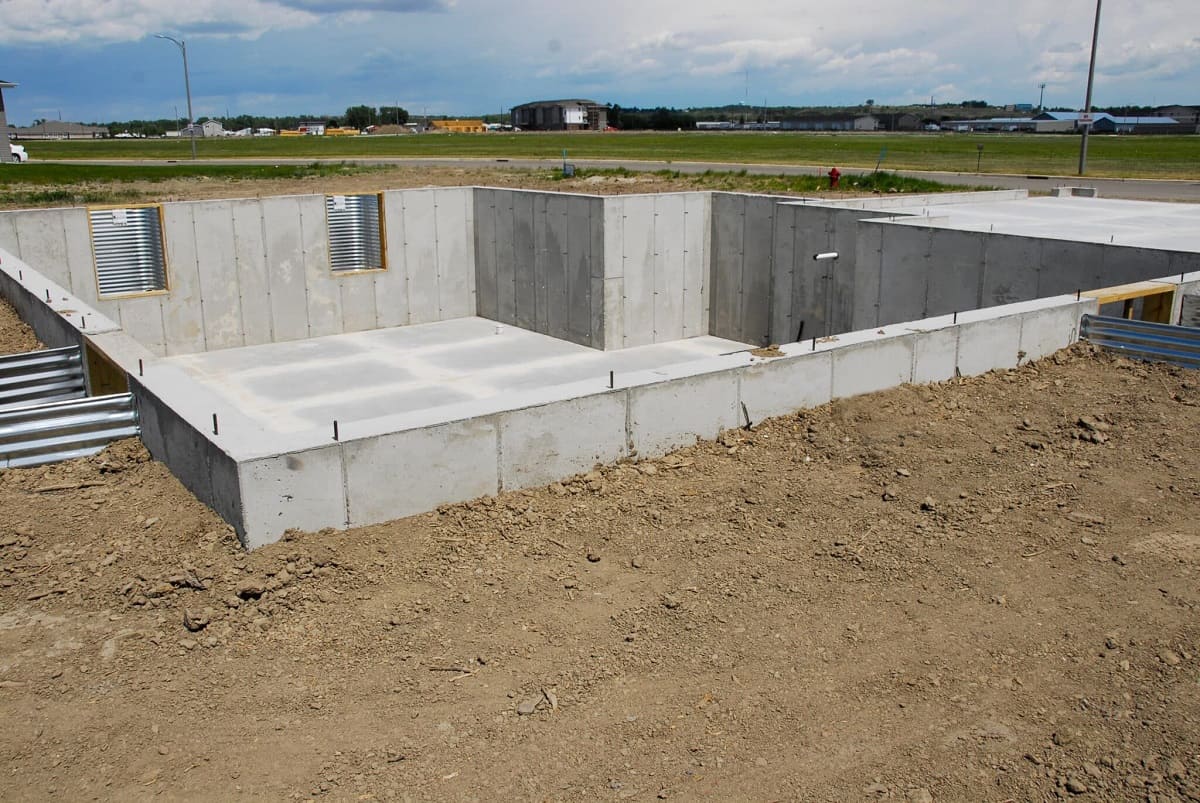
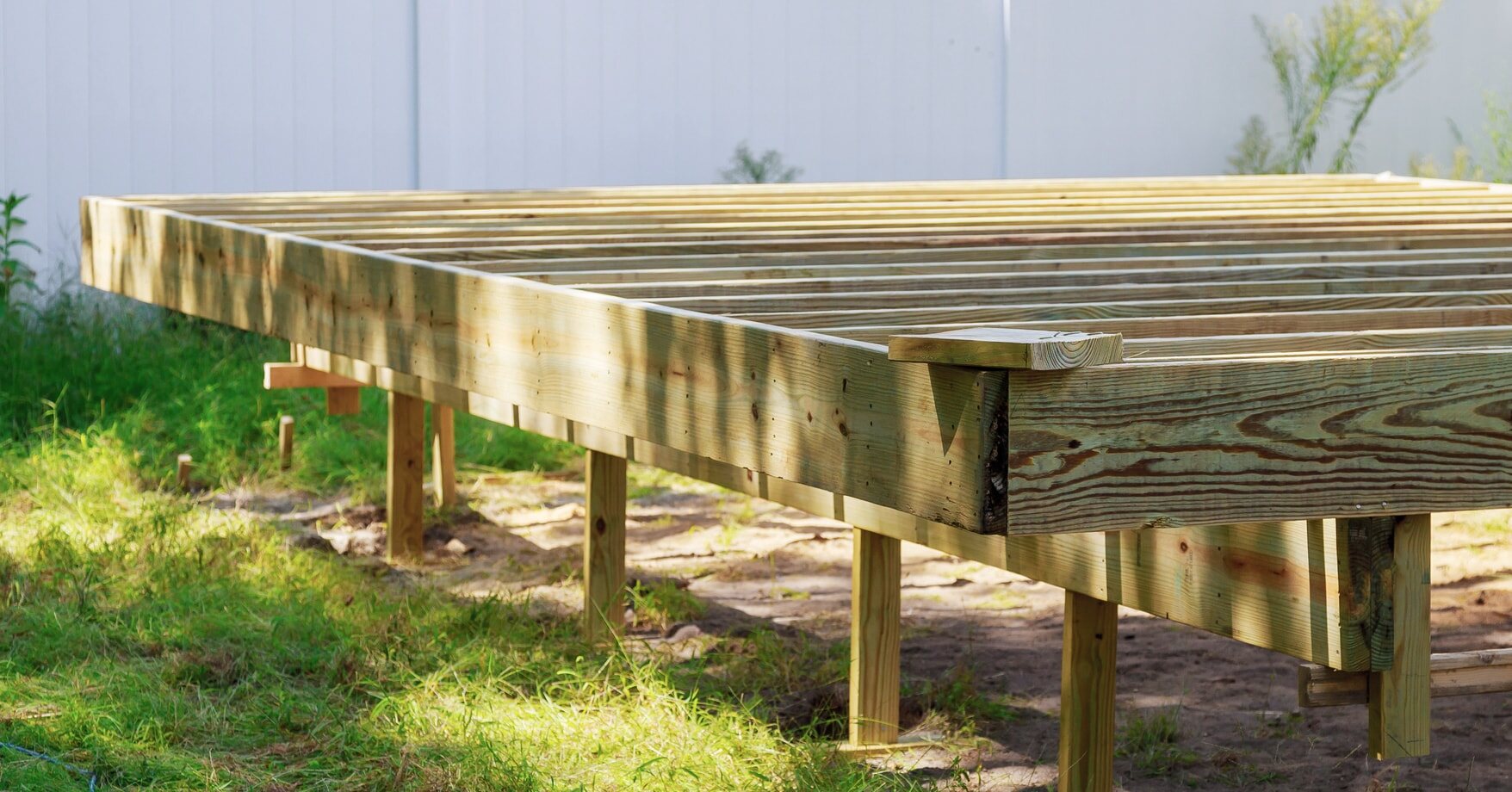
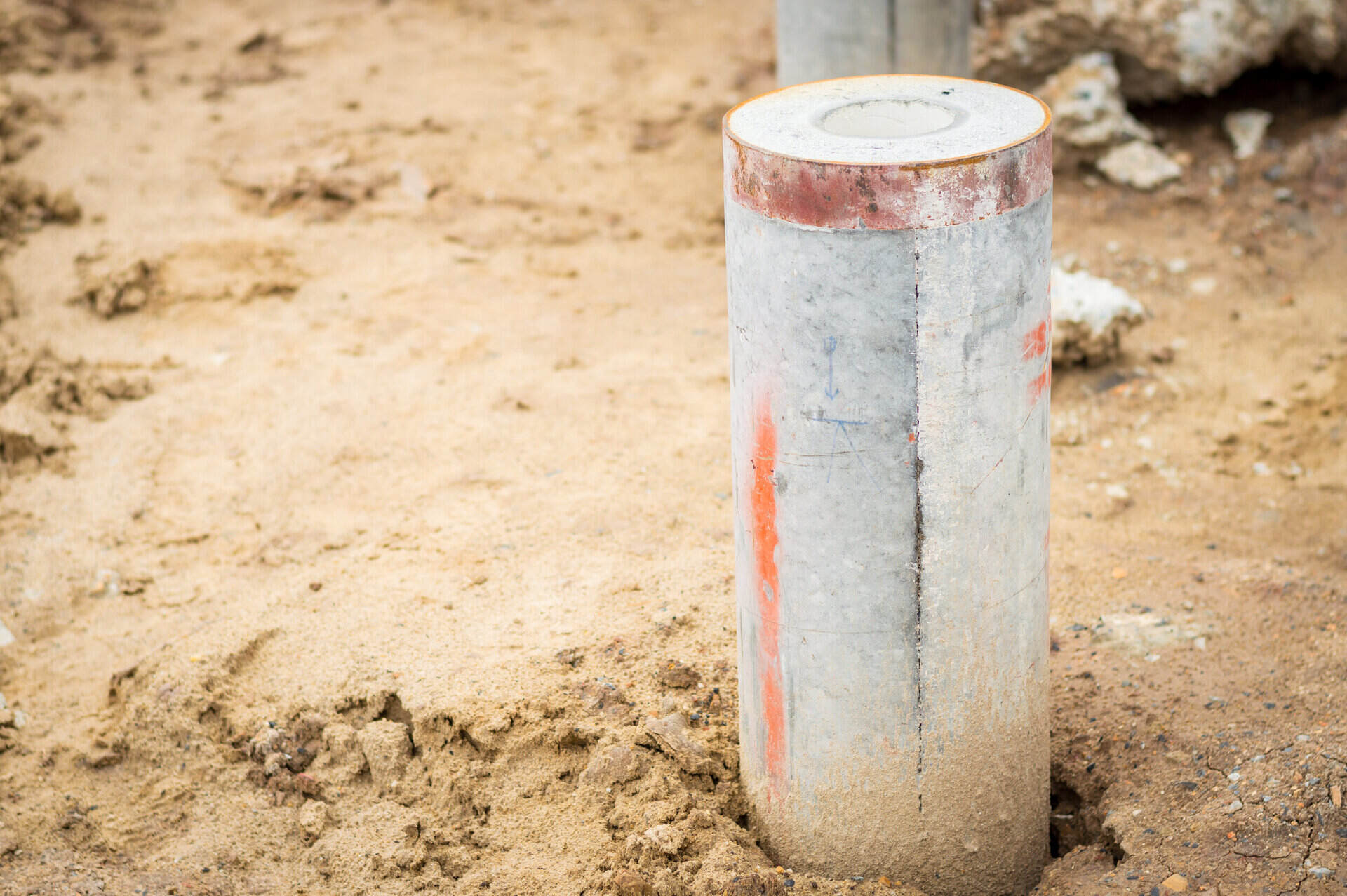
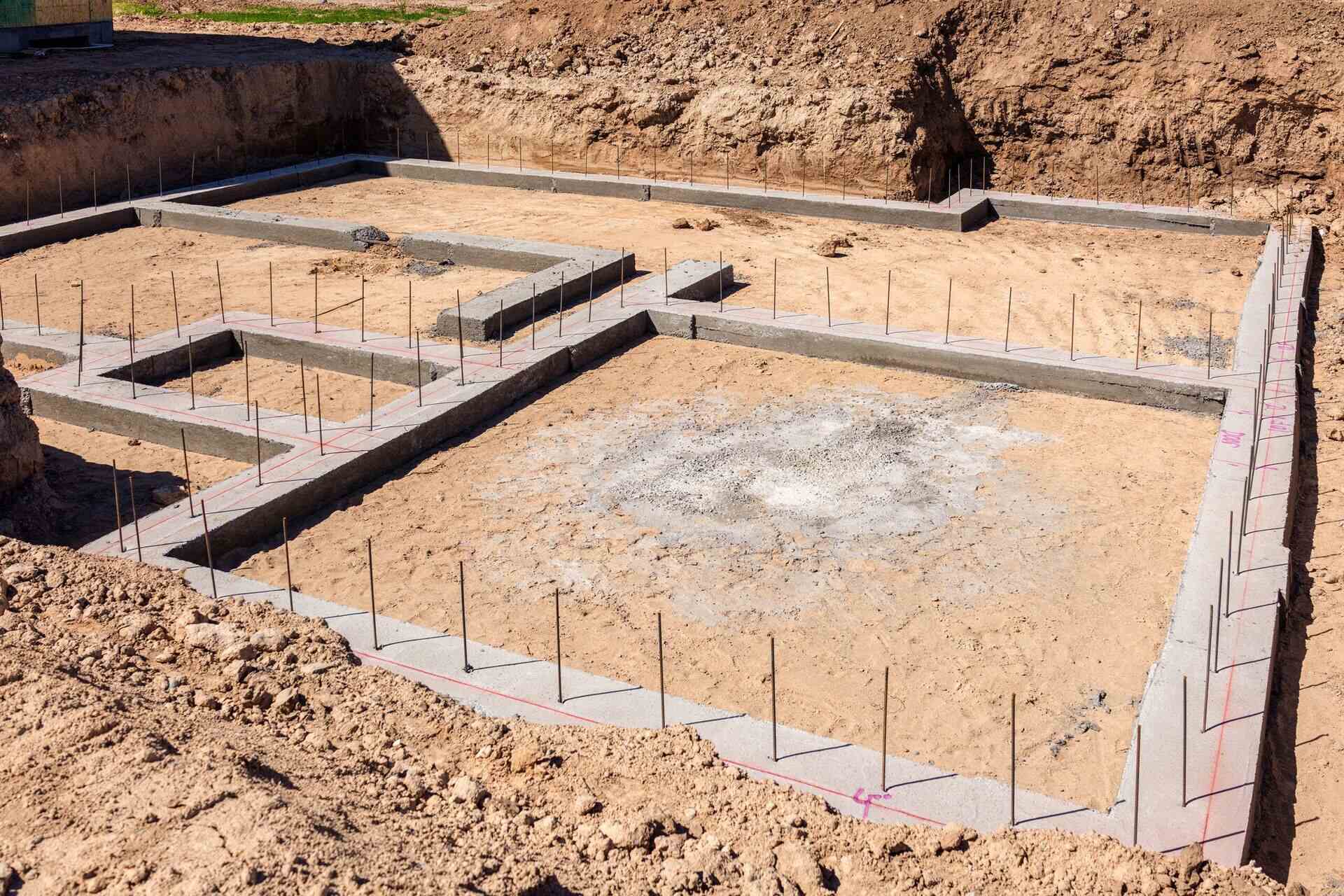
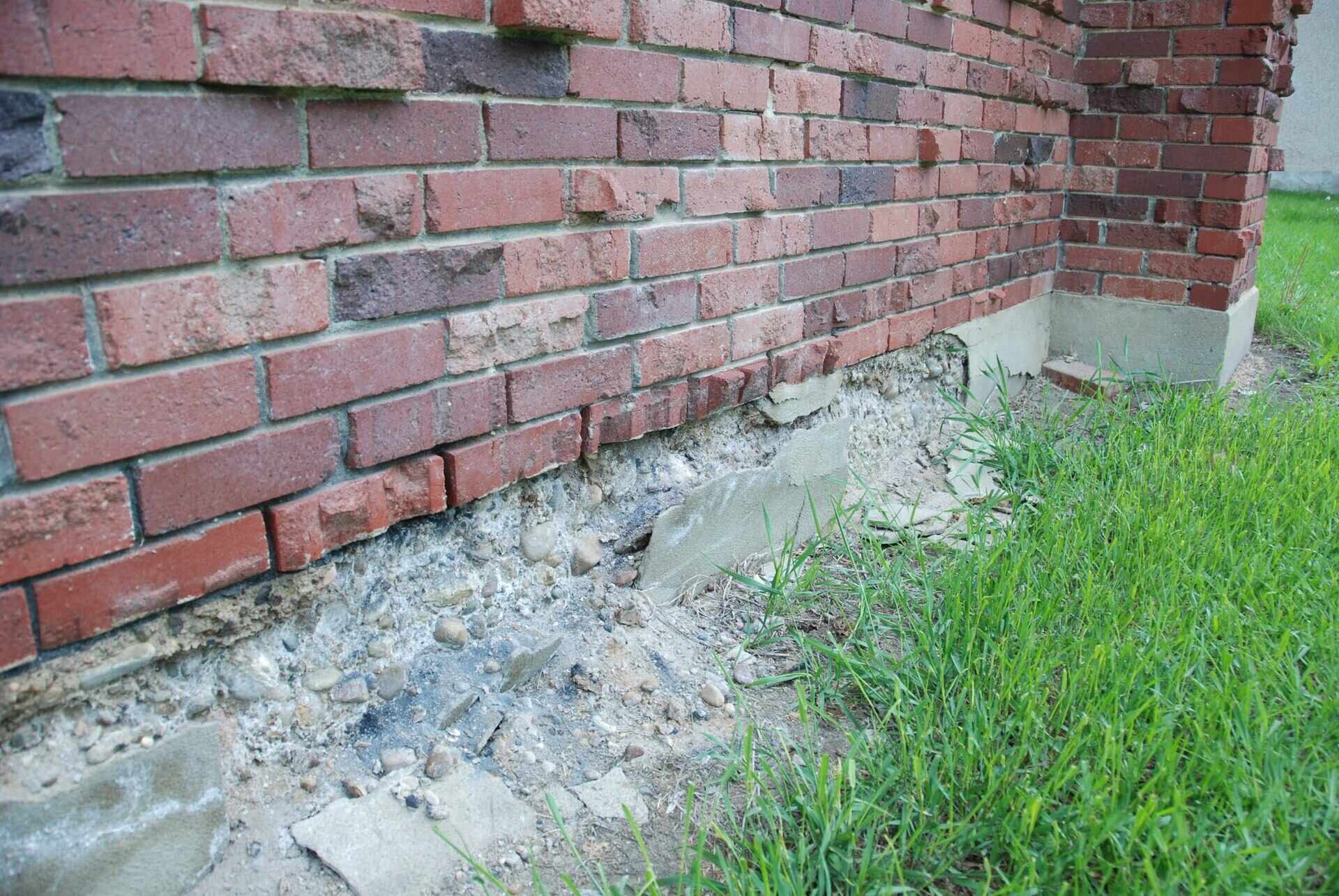
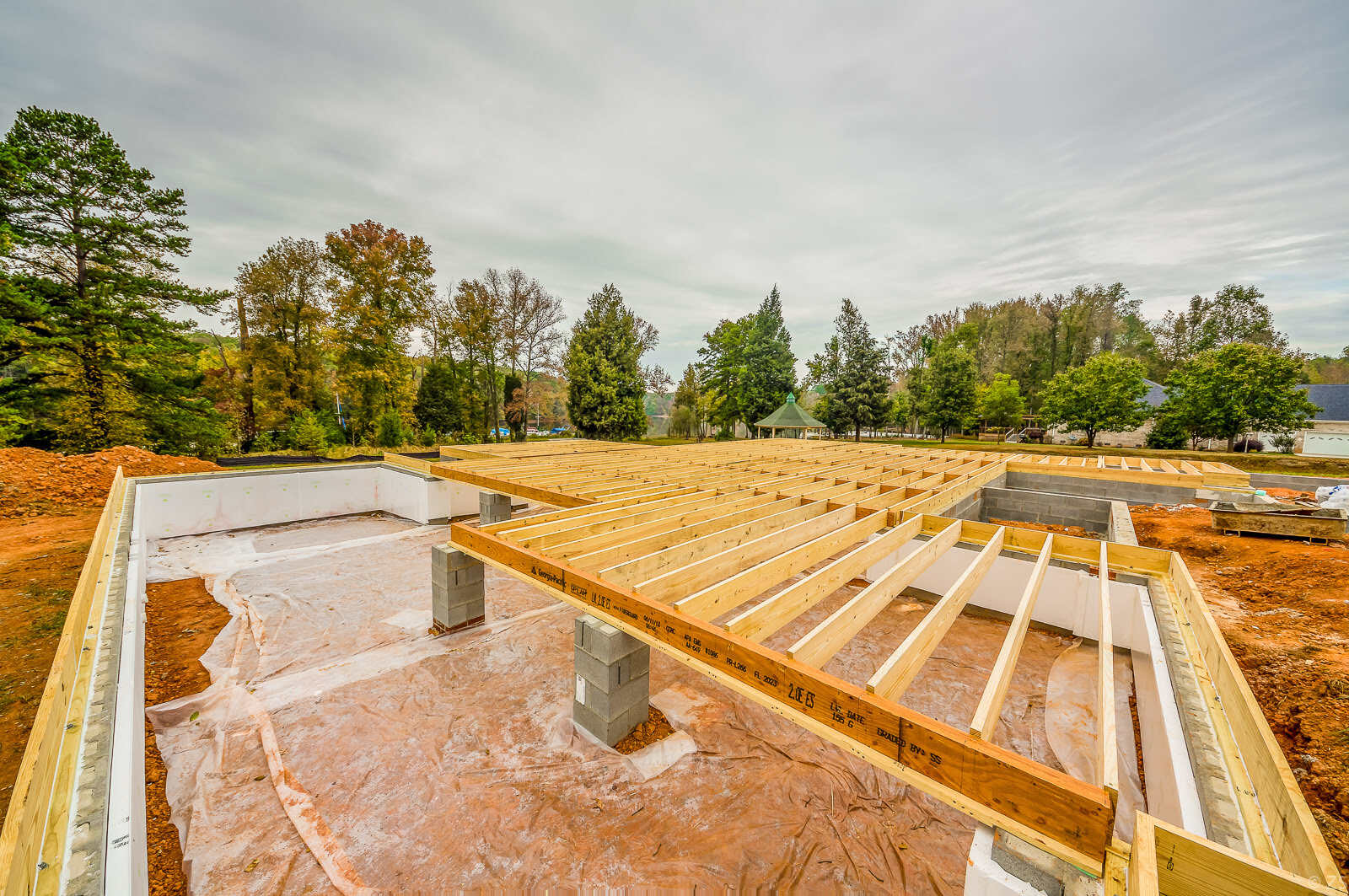
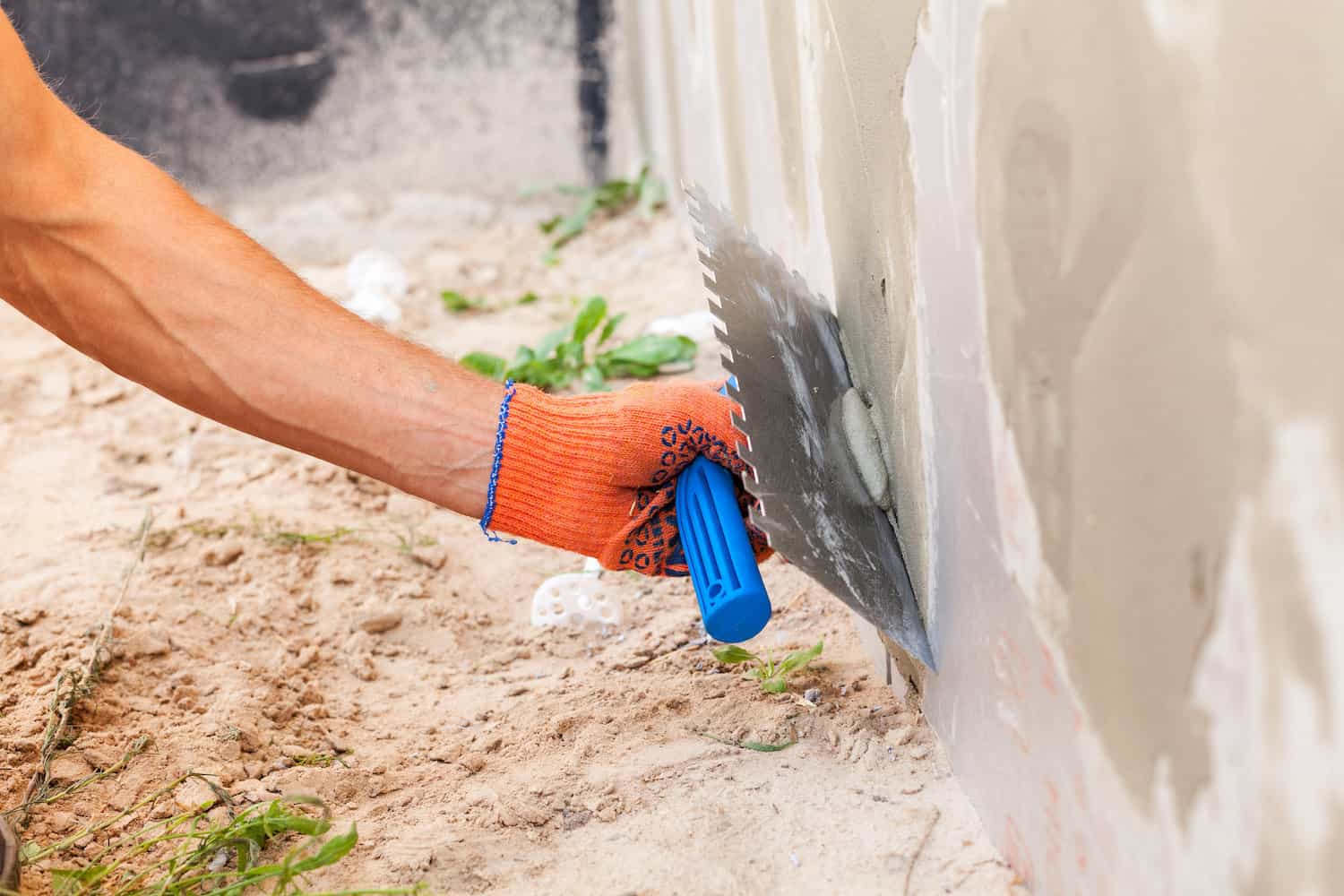


0 thoughts on “How To Repair A Sinking Foundation”